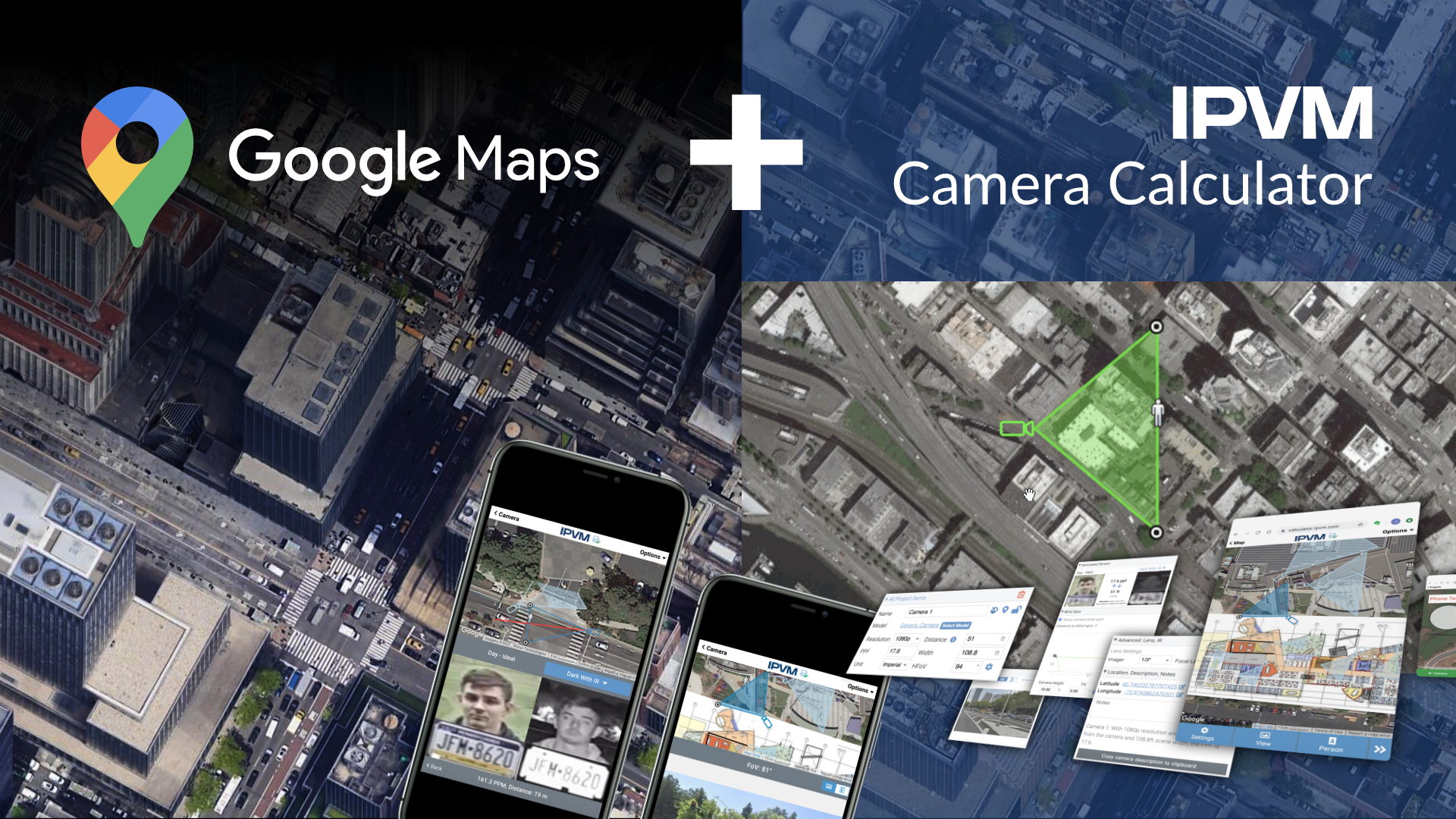B5442E-Z4E compared to HFW5241E-Z12E for LPR?
- Thread starter Sybertiger
- Start date
You are using an out of date browser. It may not display this or other websites correctly.
You should upgrade or use an alternative browser.
You should upgrade or use an alternative browser.
biggen
Known around here
- May 6, 2018
- 2,820
- 3,227
The Z4E only goes to 32mm while the Z12E goes to 64mm. So if you are beyond about 90 feet, you need the Z12. Image wise there isnt a ton of difference when using it for an LPR. At night, everything is dark except for the plate anyway. In the day, the Z4E should be better but, again, for plates, it really won’t matter.
I have the Z4E at 80 feet. I wish I had the Z12 to get a tighter shot.
I have the Z4E at 80 feet. I wish I had the Z12 to get a tighter shot.
bigredfish
Known around here
One is 32mm and one is 64mm... apples to oranges... again it depends on the distance needed. At 30-80ft or so they'll both probably work.
One is 32mm and one is 64mm... apples to oranges... again it depends on the distance needed. At 30-80ft or so they'll both probably work.
I just paced it off and it looks like it's 60 to 80 feet max for my scenario.
I would suggest pull it up on this site and add each camera in and see how clear the plate may be for each camera.

 calculator.ipvm.com
calculator.ipvm.com

IPVM Designer / Calculator
Using Google Maps, layout and design cameras, choosing from 10,000+ models, delivering FoV and image quality previews plus export to PDF, Powerpoint and more
sebastiantombs
Known around here
SyconsciousAu
Getting comfortable
- Sep 13, 2015
- 870
- 826
Curios to know if a side by side comparison was done.
I don't have a straight side by side comparison but I have something that will hopefully help you out.
The Z4E only goes to 32mm while the Z12E goes to 64mm.
I have a B5442E-Z4E and a HFW5231E-Z5 (an older model with same sized sensor as the HFW5241E-Z12E, just less lens) working as a pair doing LPR
It has been superseded by the HFW5241E. Side By Side on the spec sheets they are as follows. The main difference is in the on board processors to handle the AI in the newer model. Optically you can see they are identical.


Here is the spec sheet for the 5442E-Z4E


The identify distance is the number you are after. That's 250ppm.
That's almost double the 131ppm that OpenALPR recommends and will give you human and machine readable plates
Now these are an example of plate captures from each of my cameras at a range of 25m which is 82 feet, about what you are looking at. Both are zoomed in as far as they will go.
From the 5231E
This image is about 444ppm
From the 5442E
This image is about 419ppm
The larger sensor with slightly less zoom gives you a wider field of view and despite having more megapixels you can see that at the same range you get a slightly smaller image. There is a little bit of blur in the second one because the 5442 does not run as high a shutter speed. Either way both could be read by either a human or OpenALPR. The difference is that to read the top plate it OpenALPR would be processing a 2mp image and to read the bottom plate it would be processing a 4mp image with the associated overheads in processor times. A 4mp image uses more storage than a 2mp image as well
So for your application the 5241E-Z12 would give you more than enough zoom to get enough pixels on the plate and if you could find the Z5 model you could maybe save some money and still get the same results.
Some say that zoom is king. More zoom does mean more pixels across the plate but zoom comes with some draw backs. One of those drawbacks is depth of field. It is possible, especially at night if you dial the iris all the way open, that the entirety of the capture zone will not be in clear sharp focus at longer zooms. The more you zoom the lower your depth of field is for any given iris setting. You can increase your depth of field by closing down the iris, but that lets in less light which means you need to run slower shutter speeds, resulting in more motion blur.
The other issue is that more zoom makes your capture zone shorter. The less time a plate stays in the capture zone, the lower number of images of the plate you will have for OpenALPR to process. For obvious reasons the more bites at the cherry OpenALPR gets to read a plate the more likely it is going to get an accurate read. You can increase your frame rate to increase the number of images of the plate you get for any given length of capture zone, but that increases the impost on the processor, and the amount of storage you need to store them all. I have also found that motion detection gets a little hit and miss with shorter capture zones. OpenALPR, as an option, uses motion detection to only analyse frames with motion in order to reduce processor load.
Just some food for thought.
